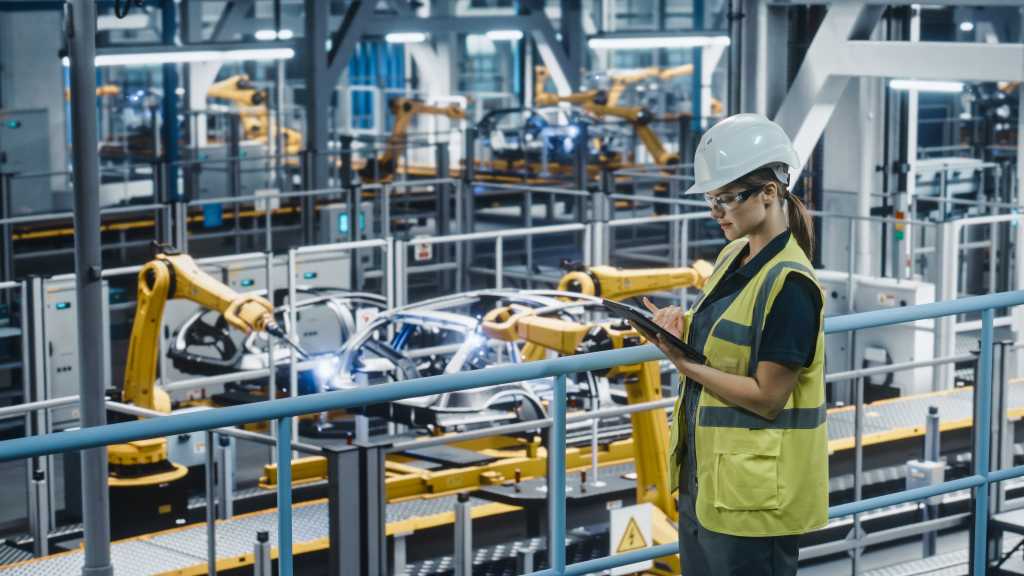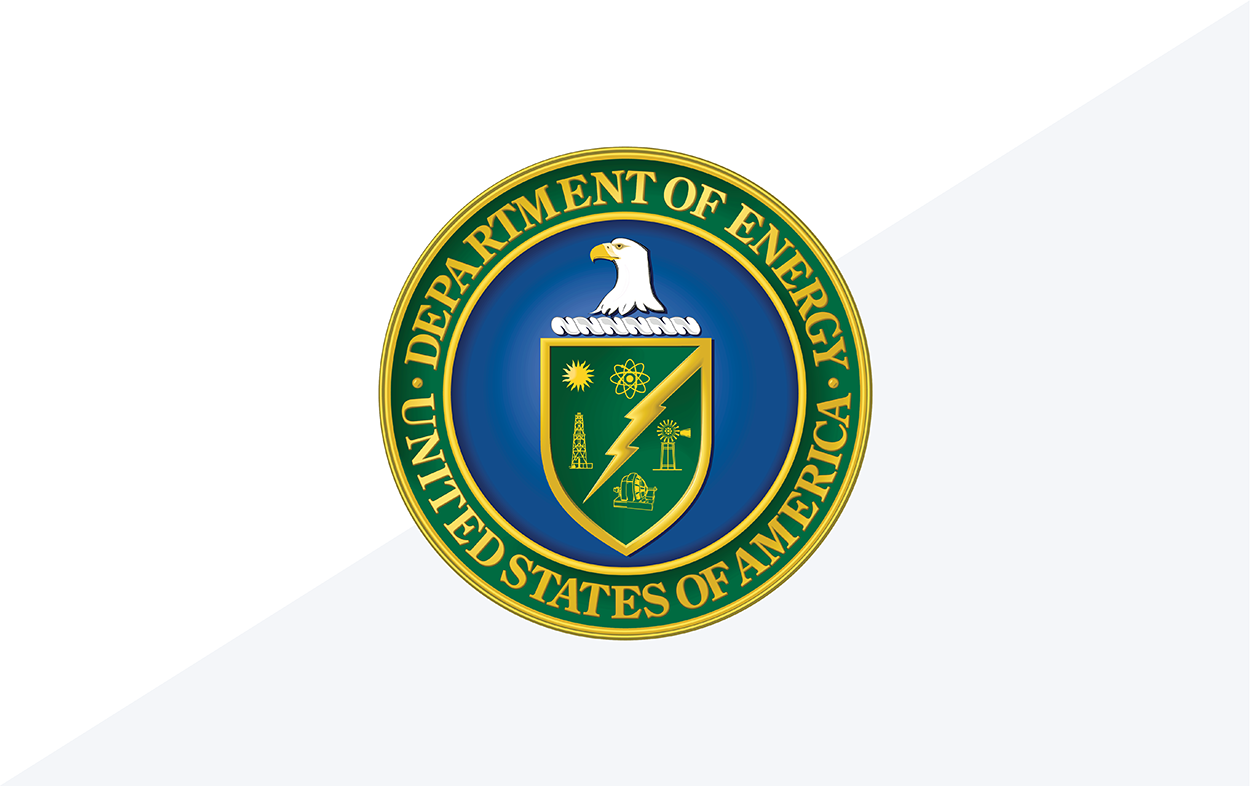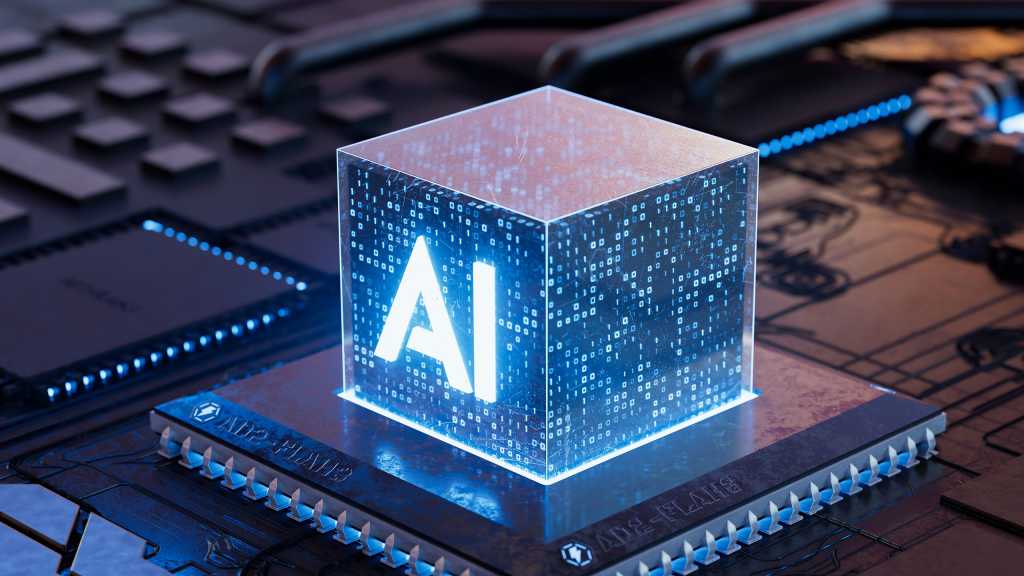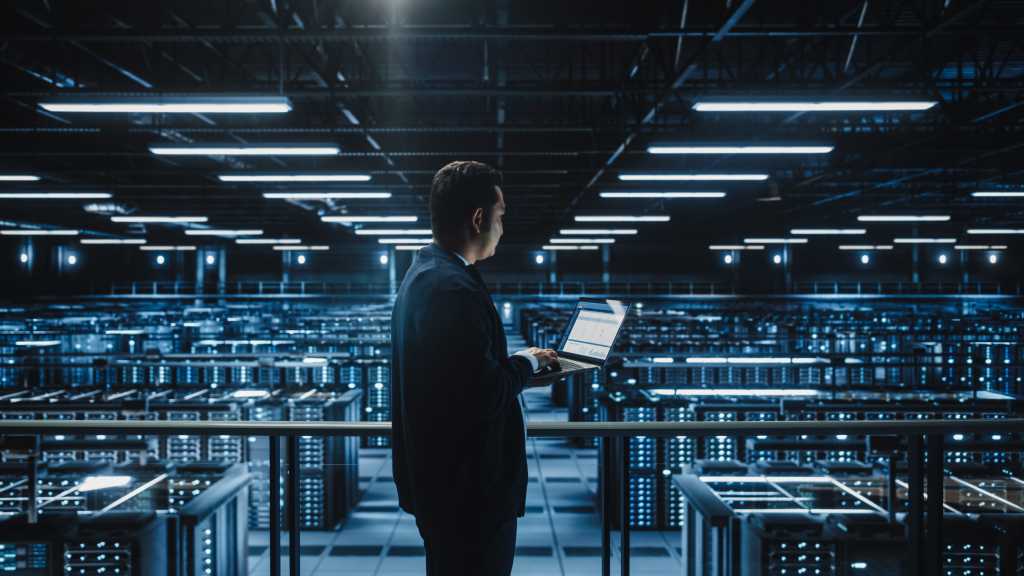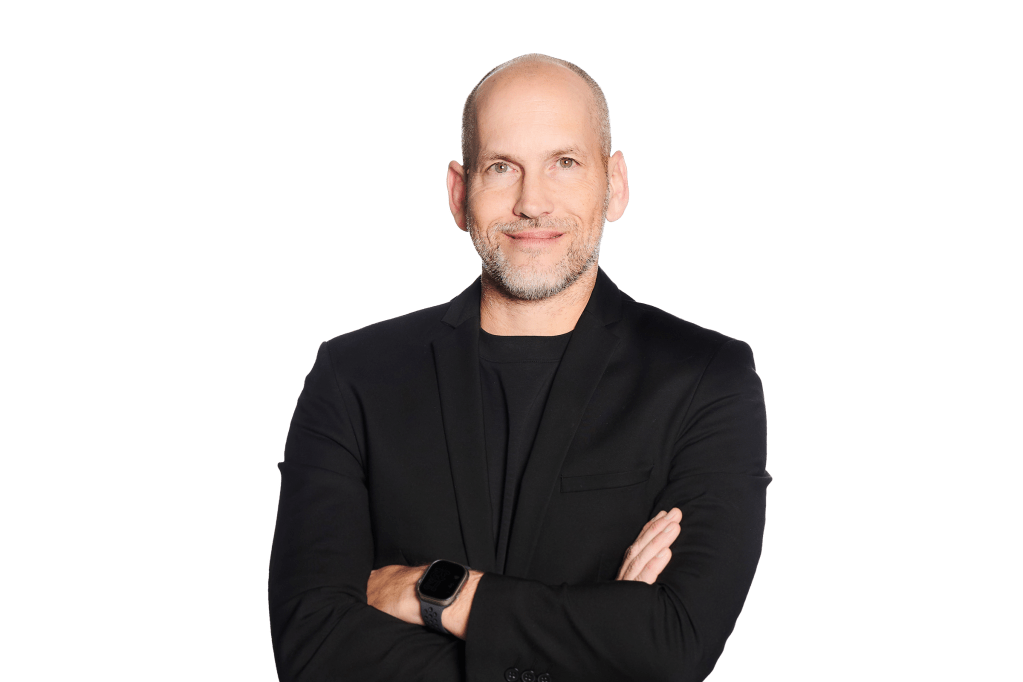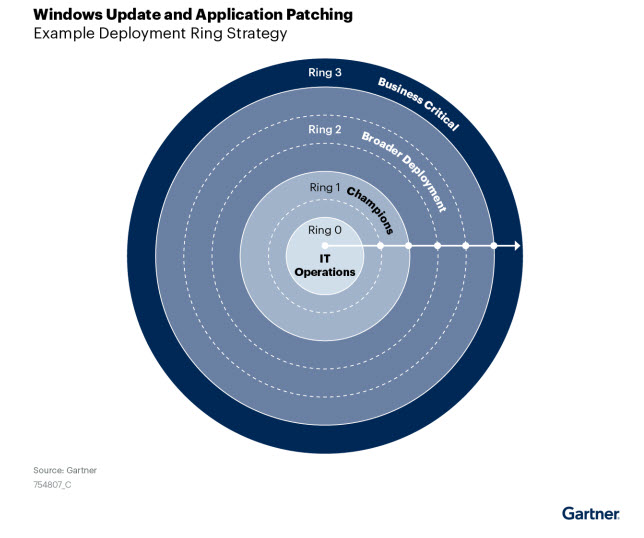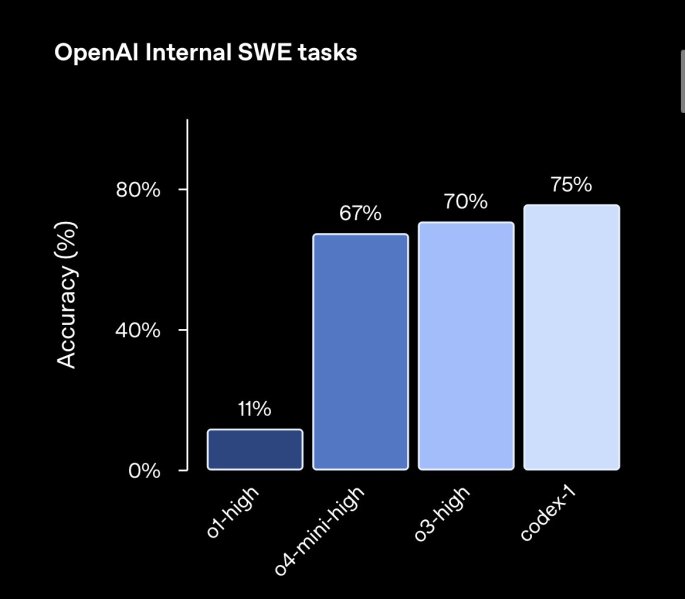Join our daily and weekly newsletters for the latest updates and exclusive content on industry-leading AI coverage. Learn More
Make no mistake about it, there is a lot of money being spent on generative AI in 2025.
Analyst firm Gartner released a new report today forecasting that global gen AI spending will hit $644 billion in 2025. That figure represents a 76.4% year-over-year increase over gen AI spending in 2024.
Gartner’s report joins a chorus of other industry analyses in recent months that all point to increasing adoption and spending for gen AI. Spending has been growing by 130%, according to research conducted by AI at Wharton, a research center at the Wharton School of the University of Pennsylvania. Deloitte reported that 74% of enterprises have already met or exceeded gen AI initiatives.
While it’s no surprise that spending on gen AI is growing, the Gartner report provides new clarity on where the money is going and where enterprises might get the most value.
According to Gartner’s analysis, hardware will claim a staggering 80% of all gen AI spending in 2025. The forecast shows:
- Devices will account for $398.3 billion (99.5% growth)
- Servers will reach $180.6 billion (33.1% growth)
- Software spending follows at just $37.2 billion (93.9% growth)
- Services will total $27.8 billion (162.6% growth)
“The device market was the biggest surprise, it is the market most driven by the supply side rather than the demand side,” John Lovelock, distinguished VP analyst at Gartner, told VentureBeat. “Consumers and enterprises are not seeking AI enabled devices, but manufacturers are producing them and selling them. By 2027, it will be almost impossible to buy a PC that is not AI enabled.”
Hardware’s dominance will intensify, not diminish for enterprise AI
With hardware claiming approximately 80% of gen AI spending in 2025, many might assume this ratio would gradually shift toward software and services as the market matures. Lovelock’s insights suggest the opposite.
“The ratios shift more in hardware’s favor over time,” Lovelock said. “While more and more software will have gen AI enabled features, there will be less attributable money spent on gen AI software—gen AI will be embedded functionality delivered as part of the price of the software.”
This projection has profound implications for technology budgeting and infrastructure planning. Organizations expecting to shift spending from hardware to software over time may need to recalibrate their financial models to account for ongoing hardware requirements.
Moreover, the embedded nature of future-gen AI functionality means that discrete AI projects may become less common. Instead, AI capabilities will increasingly arrive as features within existing software platforms, making intentional adoption strategies and governance frameworks even more critical.
The PoC graveyard: Why internal enterprise AI projects fail
Gartner’s report highlights a sobering reality: many internal gen AI proof-of-concept (PoC) projects have failed to deliver expected results. This has created what Lovelock calls a “paradox” where expectations are declining despite massive investment.
When asked to elaborate on these challenges, Lovelock identified three specific barriers that consistently derail gen AI initiatives.
“Corporations with more experience with AI had higher success rates with gen AI, while enterprises with less experience suffered higher failure rates,” Lovelock explained. “However, most enterprises failed for one or more of the top three reasons: Their data was of insufficient size or quality, their people were unable to use the new technology or change to use the new process or the new gen AI would not have a sufficient ROI.”
These insights reveal that gen AI’s primary challenges aren’t technical limitations but organizational readiness factors:
- Data inadequacy: Many organizations lack sufficient high-quality data to train or implement gen AI systems effectively.
- Change resistance: Users struggle to adopt new tools or adapt workflows to incorporate AI capabilities.
- ROI shortfalls: Projects fail to deliver measurable business value that justifies their implementation costs.
The strategic pivot: From internal development to commercial solutions
The Gartner forecast notes an expected shift from ambitious internal projects in 2025 and beyond. Instead, the expectation is that enterprises will opt for commercial off-the-shelf solutions that deliver more predictable implementation and business value.
This transition reflects the growing recognition that building custom-gen AI solutions often presents more challenges than anticipated. Lovelock’s comments about failure rates underscore why many organizations are pivoting to commercial options offering predictable implementation paths and clearer ROI.
For technical leaders, this suggests prioritizing vendor solutions that embed gen AI capabilities into existing systems rather than building custom applications from scratch. As Lovelock noted, these capabilities will increasingly be delivered as part of standard software functionality rather than as separate gen AI products.
What this means for enterprise AI strategy
For enterprises looking to lead in AI adoption, Gartner’s forecast challenges several common assumptions about the gen AI marketplace. The emphasis on hardware spending, supply-side drivers and embedded functionality suggests a more evolutionary approach may yield better results than revolutionary initiatives.
Technical decision-makers should focus on integrating commercial gen AI capabilities into existing workflows rather than building custom solutions. This approach aligns with Lovelock’s observation that CIOs are reducing self-development efforts in favor of features from existing software providers.
For organizations planning more conservative adoption, the inevitability of AI-enabled devices presents challenges and opportunities. While these capabilities may arrive through regular refresh cycles regardless of strategic intent, organizations that prepare to leverage them effectively will gain competitive advantages.
As gen AI spending accelerates toward $644 billion in 2025, success won’t be determined by spending volume alone. Organizations that align their investments with organizational readiness, focus on overcoming the three key failure factors and develop strategies to leverage increasingly embedded gen AI capabilities will extract the most value from this rapidly evolving technology landscape.
Daily insights on business use cases with VB Daily
If you want to impress your boss, VB Daily has you covered. We give you the inside scoop on what companies are doing with generative AI, from regulatory shifts to practical deployments, so you can share insights for maximum ROI.
Read our Privacy Policy
Thanks for subscribing. Check out more VB newsletters here.
An error occured.





